Shaniwar Wada in Pune is a historical palace and fort that chronicles the glory and grandeur of the Maratha Empire. This old mansion boasts of a history of 287 years and was the seat of the Peshwas, who were the Prime Ministers to the Maratha rulers. It served as a melting pot of culture and politics until the Peshwas lost the Wada to the British in 1818.
Shaniwar Wada: History
Shaniwar Wada was built by Peshwa Baji Rao I, a general under Chhatrapati Shahu Maharaj of the Maratha Empire. He laid the foundation of the site in 1730 and the construction was completed in 1732. Initially, it was intended to be a colossal seven-storied palace made of stones. However, after the construction of the base floor, the people of the national capital complained to the king that only he was authorized to build stone palaces. Consequently, the remaining floors were constructed using bricks. The full impact of this was felt when the British artillery attacked the palace 90 years after its construction. Except for the base floor which was constructed using stones, no other floor could stand the attack and all the top stories collapsed.
Over the years after its construction, the Peshwas made many additions to the mansion, such as fortification walls with gateways and bastions, reservoirs, court halls, fountains, and other structures. The palace was also a witness to several significant episodes in the history of the Peshwas. In 1773, the fifth Peshwa, Narayan Rao, was murdered inside this palace by his guards at the behest of Raghunath Rao, his uncle and Anandibai, his aunt. That’s not all! It was also the site where the romance between Peshwa Bajirao and Mastani Sahiba blossomed.
In 1818, the British East India Company gained control over the Wada following their win in the Third Anglo-Maratha War. On 27th February 1828, the palace was engulfed by a huge unexplained fire, causing extensive damage to the whole structure. After the fire doused, only the massive granite ramparts, deep foundations, and a few teak gateways and erections remained of the grand mansion. The structures that survived this massive fire outbreak are currently maintained as a tourist site.
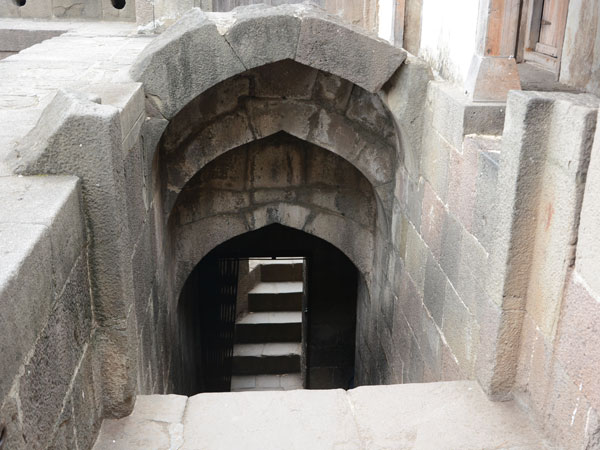
Shaniwar Wada: Architecture
Shaniwar Wada features the Maratha Imperial architectural style. For the construction, teak was sourced from the Junnar jungles while lime was brought from the Jejuri lime belts and stones from the Chinchwad quarries.
The fortification wall of the palace had five entry points and nine bastion towers. The palace was designed with intricately carved teak doorways, exquisitely designed teak pillars, and marble floors. Scenes from the Ramayana and Mahabharata adorned its walls while glass chandeliers hung from the ceilings. Within the palace complex, the Ganpati Rang Mahal was erected as a separate place for observing religious functions. It had a massive statue of Lord Ganesha.
A majestic fountain shaped like a lotus, called Hazari Karanje or the Fountain of a Thousand Jets, adorned the palace complex. It is believed to have been the most exquisite fountain of that era whose jets formed 80 feet-high arches. The Thorlya Rayancha Diwankhana or the court reception hall of Baji Rao I, the Juna Arsa Mahal or the Mirror Hall, and the Naachacha Diwankhana or the Dance Hall were some of the other splendid structures that existed within the palace.
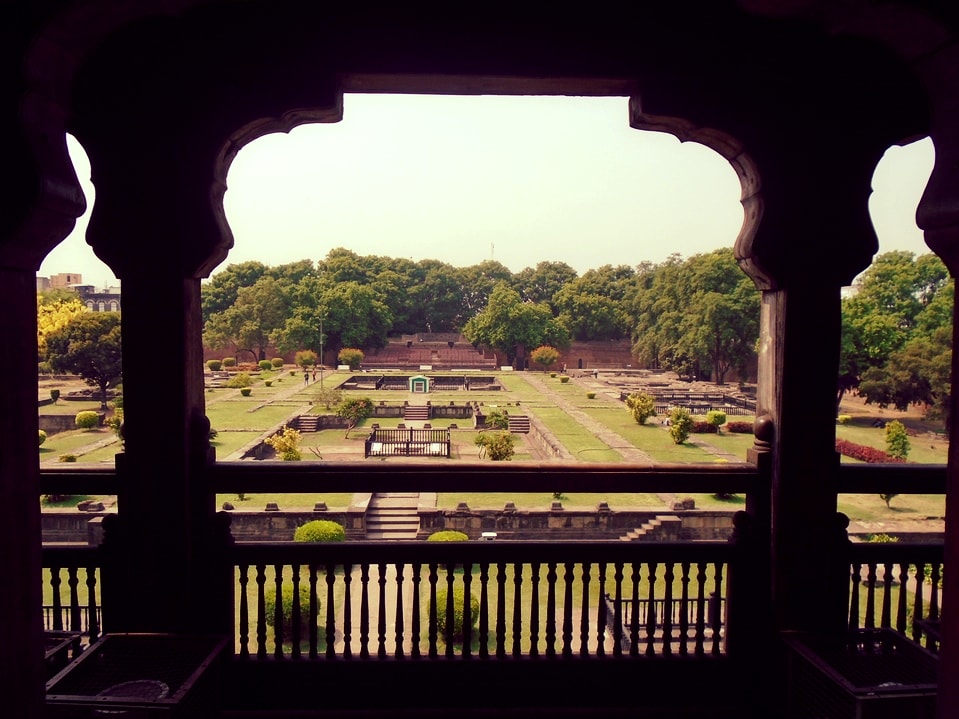
This is undoubtedly the most interesting part of the article which shall give you goosebumps. The main characters pertaining to this story are Peshwa Narayan Rao, his ruthless uncle Peshwa Raghunath Rao and his evil wife, Anandibai. Tired of his uncle’s controlling nature and undue dominating streak over the empire, Peshwa Narayan Rao put him under house arrest. Peshwa Raghunath Rao wanted to seek revenge and thus ordered ‘Narayan Rao la dhara’ which meant ‘Hold Narayan Rao’. But before the guards could get hold of this which was the original message, his cunning wife tweaked the message to ‘Narayan Rao la mara’ which is clearly interpreted as ‘Kill Narayan Rao’. This led to the cold-blooded murder of Peshwa Narayan Rao by the guards. He had no means of escape and helplessly cried out to his uncle for help and scurried around the fort yelling “Kaka mala vachva” which meant “Uncle save me!” His spot of death is said to be possessed by his spooky spirit who still moans for mercy as is heard by the neighbouring people on some nights. Especially on full moon nights. Thus, people are usually barred from entering the place after 6:30 pm to avoid heart-wrenching encounters with the ghost. He was savagely cut into pieces by his murderers and thrown into the river. If you think you are brave enough, why not give the place a try?
After Bajirao I
Nanasaheb or Balali Bajirao, the son of Bajirao-I, was the longest ruling Peshwa at 41 years and saw the glory of Shaniwar Wada multiplied during his tenure. However, by the end of his rule, the Peshwas had lost the third War of Panipat which resulted in the glory of the Shaniwar Wada being somewhat diminished.Book stays and experiences,
hand-picked by our travel experts.
Madhavrao I – Nanasaheb’s second son, his eldest son having been killed in Panipat – who became Peshwa after Nanasaheb, spent considerable time and resources fighting many enemies of the Peshwai, including his uncle Raghobadada), and was thus unable to undertake further constructions in the Wada.

The Father-Son Murder-Suicide
Nanasaheb’s third son Narayanrao was appointed Peshwa after the death of Madhavrao. Raghobadada, who was the regent for Narayanrao, soon had major disagreements with his nephew, leading to Raghobadada being placed under house arrest. During the Ganesh Festival of 1773, several armed Gardi soldiers led by Sumer Singh Gardi entered the Shaniwar Wada, either with the intent of freeing Raghobadada and his wife or attacking Narayanrao. During the skirmish in the Wada, the young Peshwa was cut down by the Gardis. The body of Narayanrao is believed to be smuggled out of the Wada through the Jambhul Darwaza (the gate used previously by concubines) and cremated by the river at midnight.

According to popular legend, Raghobadada had written to the Gardis with the Marathi word ‘धरा’ (to hold Narayanrao) but the letter was intercepted by his wife Anandibai (Raghobadada’s senior wife), who changed a single letter in the word, making it ‘मारा’ (kill). Narayanrao, after being chased by the Gardis, is said to have run inside the Wada crying ‘काका मला वाचावा’ (uncle, save me). This gruesome crime is said to have brought ill fate to the Peshwai, which never rose to its previous heights after Narayanrao’s demise. Rumour has it that Narayanrao’s cries for help are still heard around the Shaniwar Wada making it one of the most famously haunted places in India.

Sawai Madhavrao, the next Peshwa and the son of Narayanrao is said to have been both physically and mentally weak. At the age of 21, he is believed to have jumped into the Hazari fountain, which was built for the pleasure of the infant Sawai Madhavrao, and died after sustaining severe injuries. Thus this majestic Wada witnessed not only the gory murder of a Peshwa but also the unfortunate suicide of his son, forever damaging the psyche of the Peshwai.

Next to become Peshwa was Bajirao II, son of Raghobadada, who proved to be the antithesis of his namesake – Bajirao I. Bajirao II is said to have been incompetent and cowardly and his tenure saw the Maratha confederacy being surrendered to the British by 1817, making him the last Peshwa. The union jack was hoisted in Shaniwar Wada on the 17th November 1917, marking the consolidation of colonial rule in India.
Shaniwar Wada: Today
Though Shaniwar Wada is a ruined structure now, it is still one of the best places to visit in Pune. Although the mansion covered nearly the whole city in its heyday, it currently spreads across 625 acres.
Interestingly, Shaniwar Wada is considered to be among the top haunted places in Pune. It is believed that the spirit of the murdered Peshwa, Narayan Rao, still roams the palace at night. The light and sound show held here in the evening is also a major attraction for visitors.
It is interesting to note that the old part of Pune is laid out around Shaniwar Wada in a chaotic yet orderly manner. You can also find some of the oldest markets in Pune, such as Tulshibaug, Laxmi Road, and Ravivar Peth, around this grand edifice.



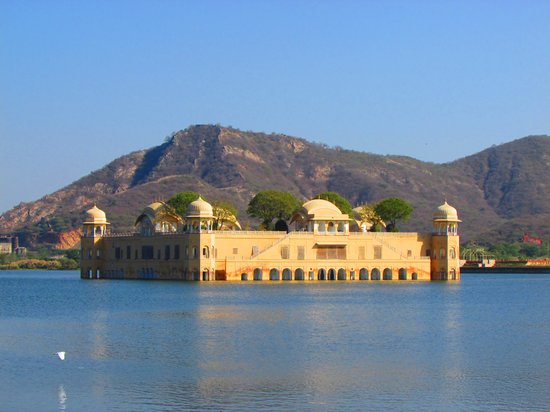
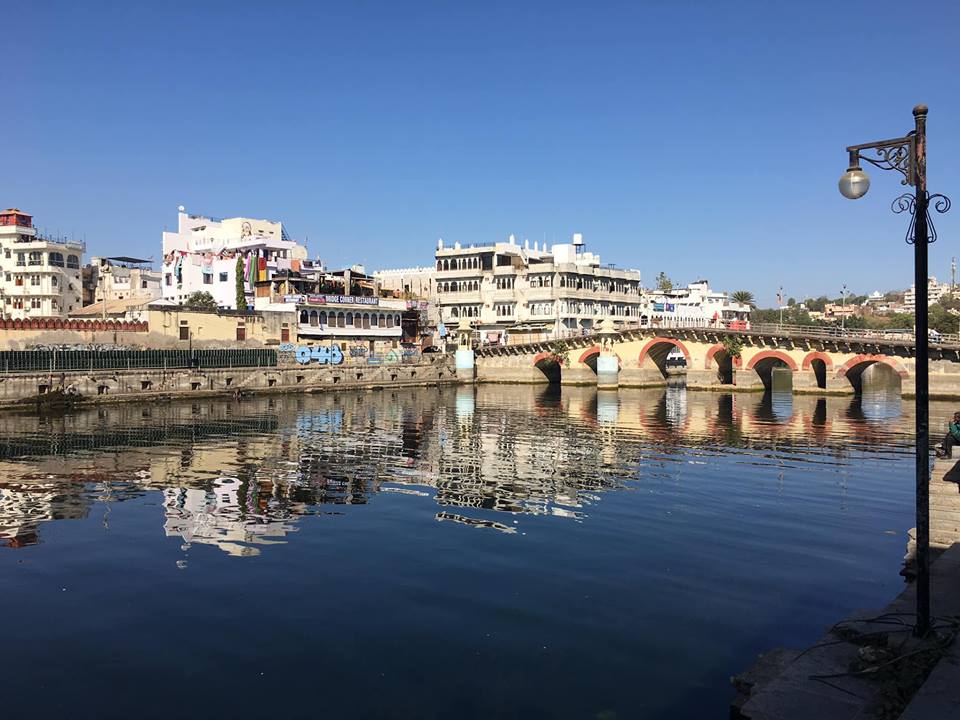
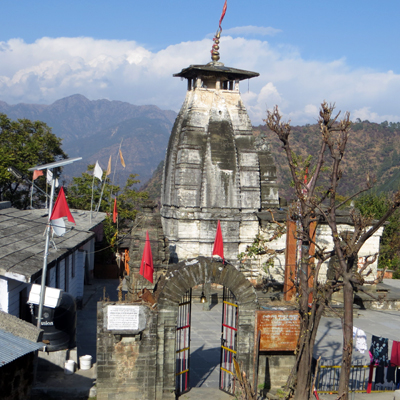

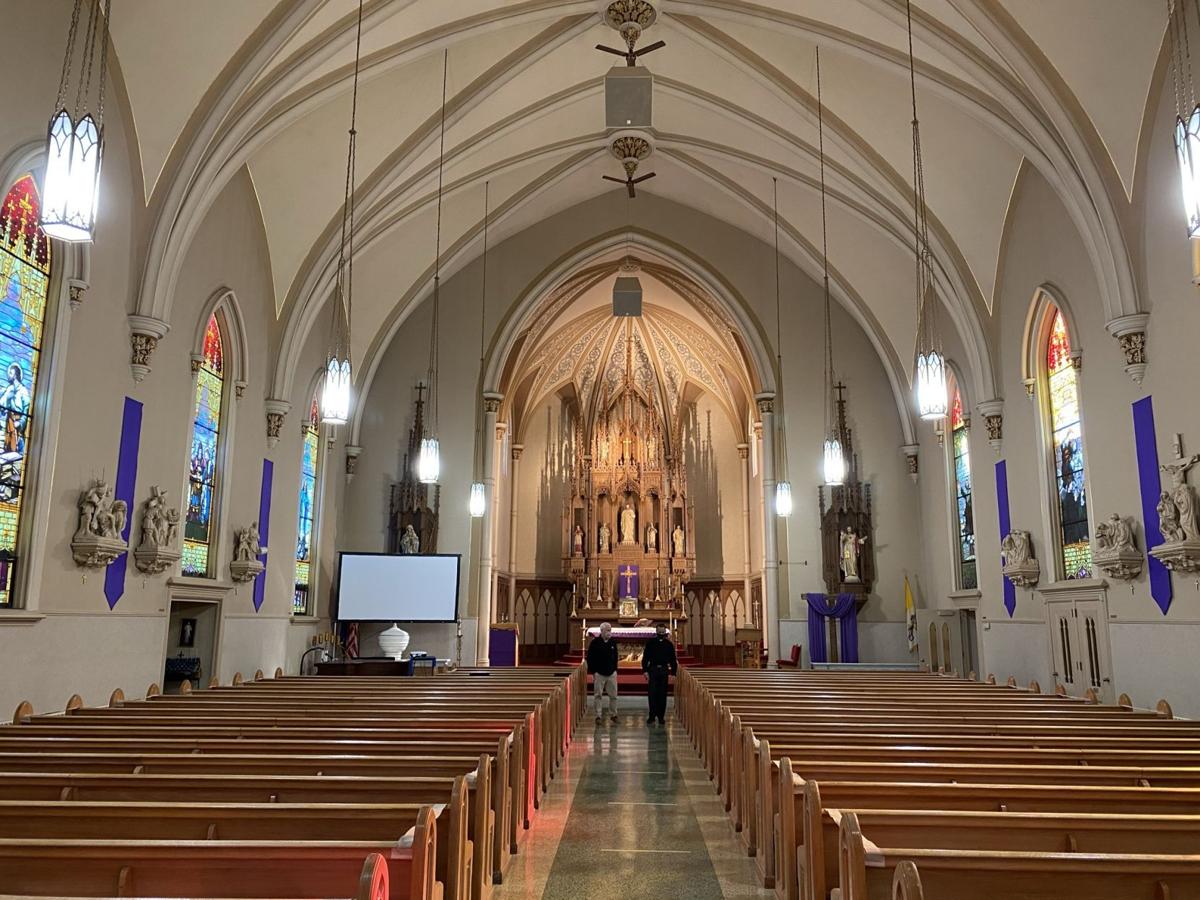

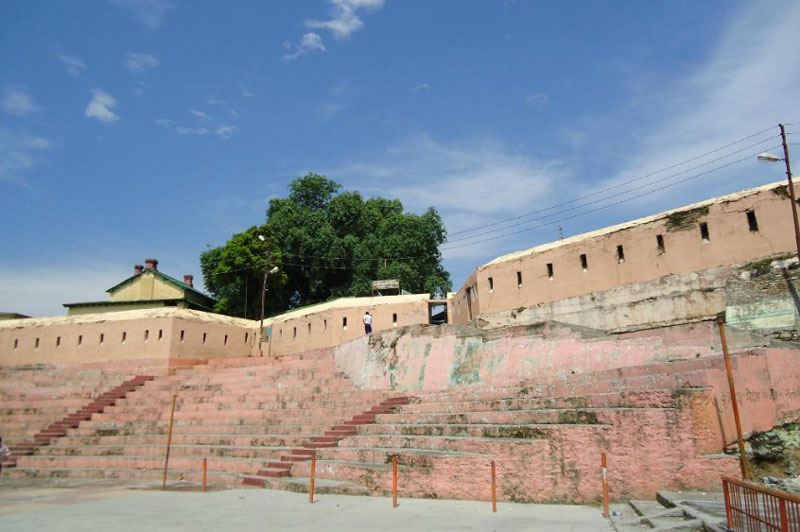


3 Comments
Comments are closed.